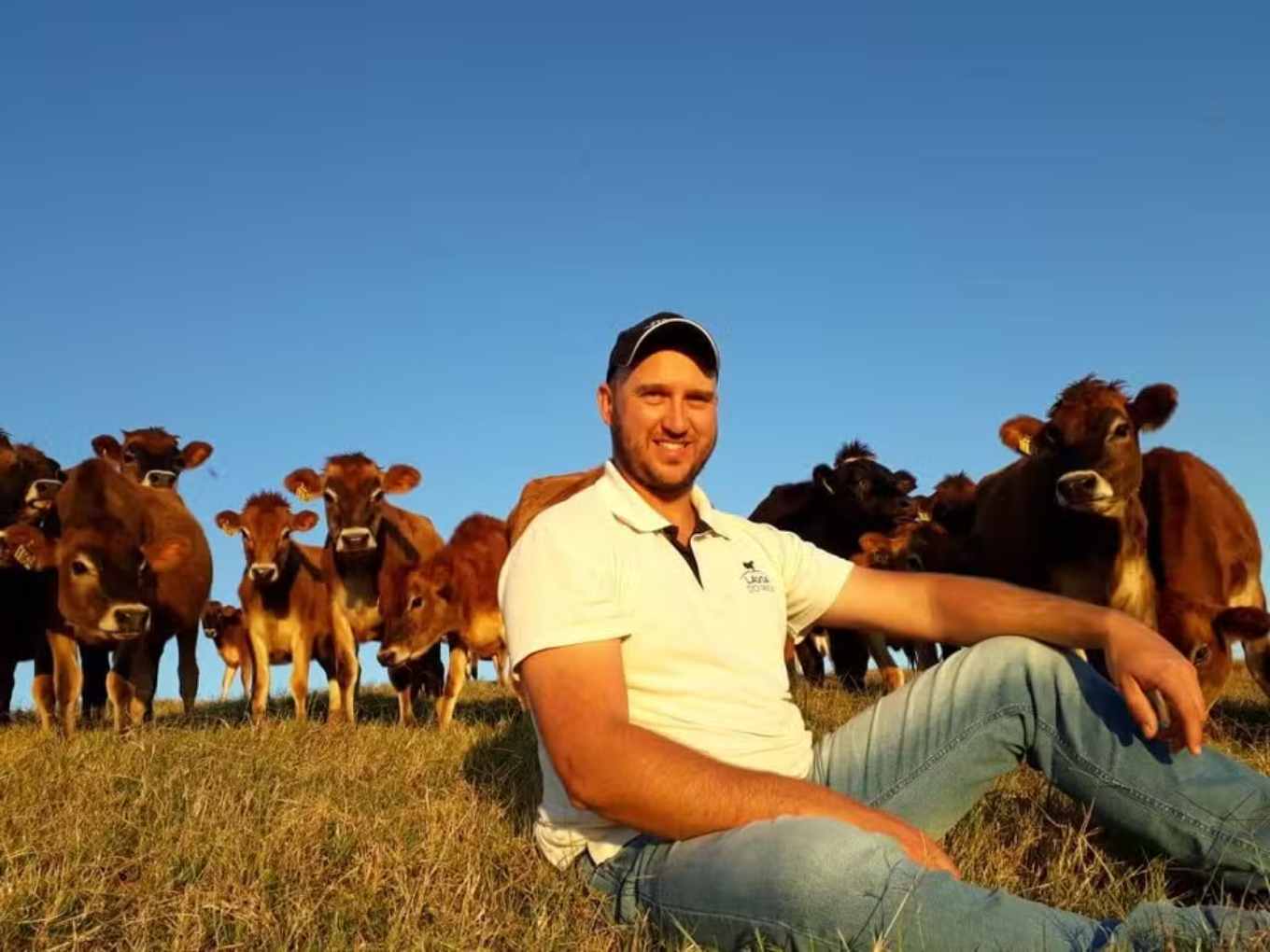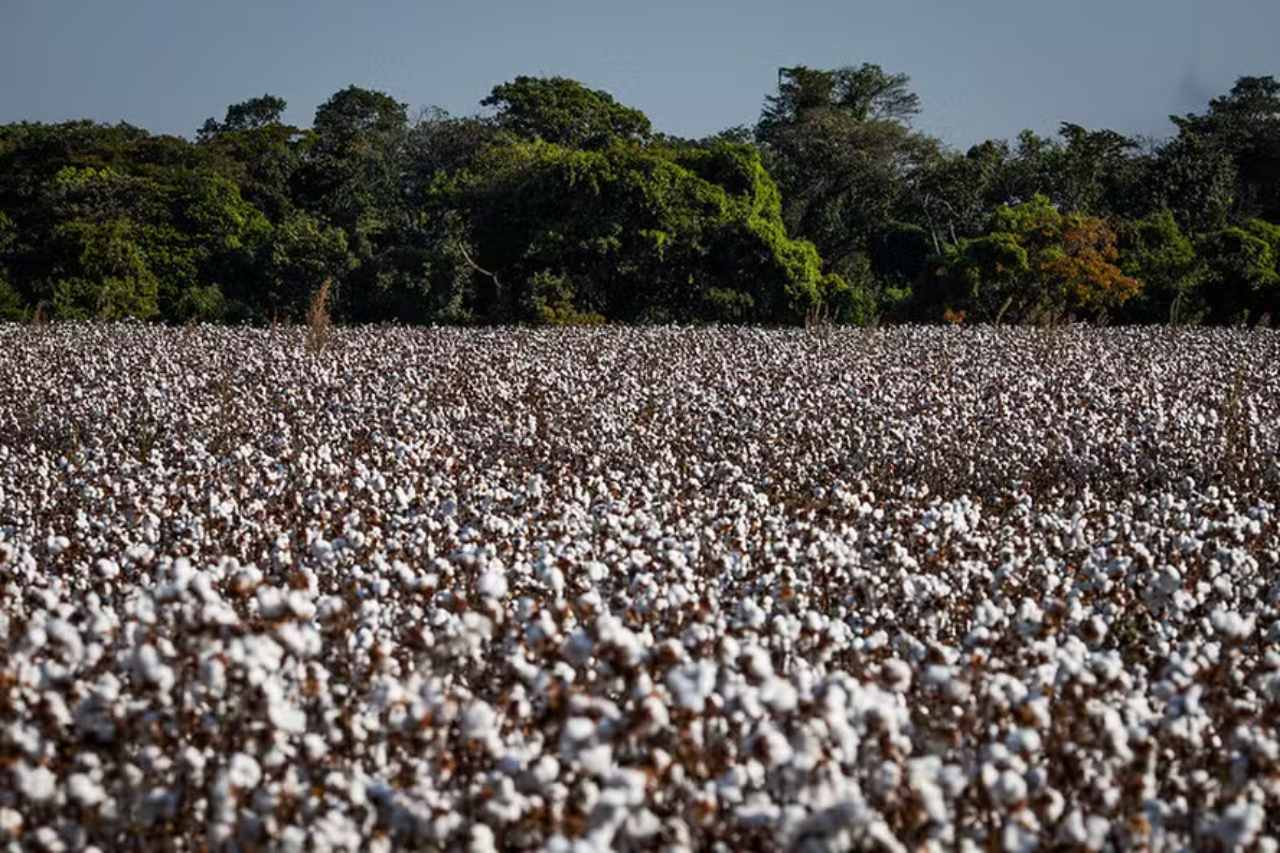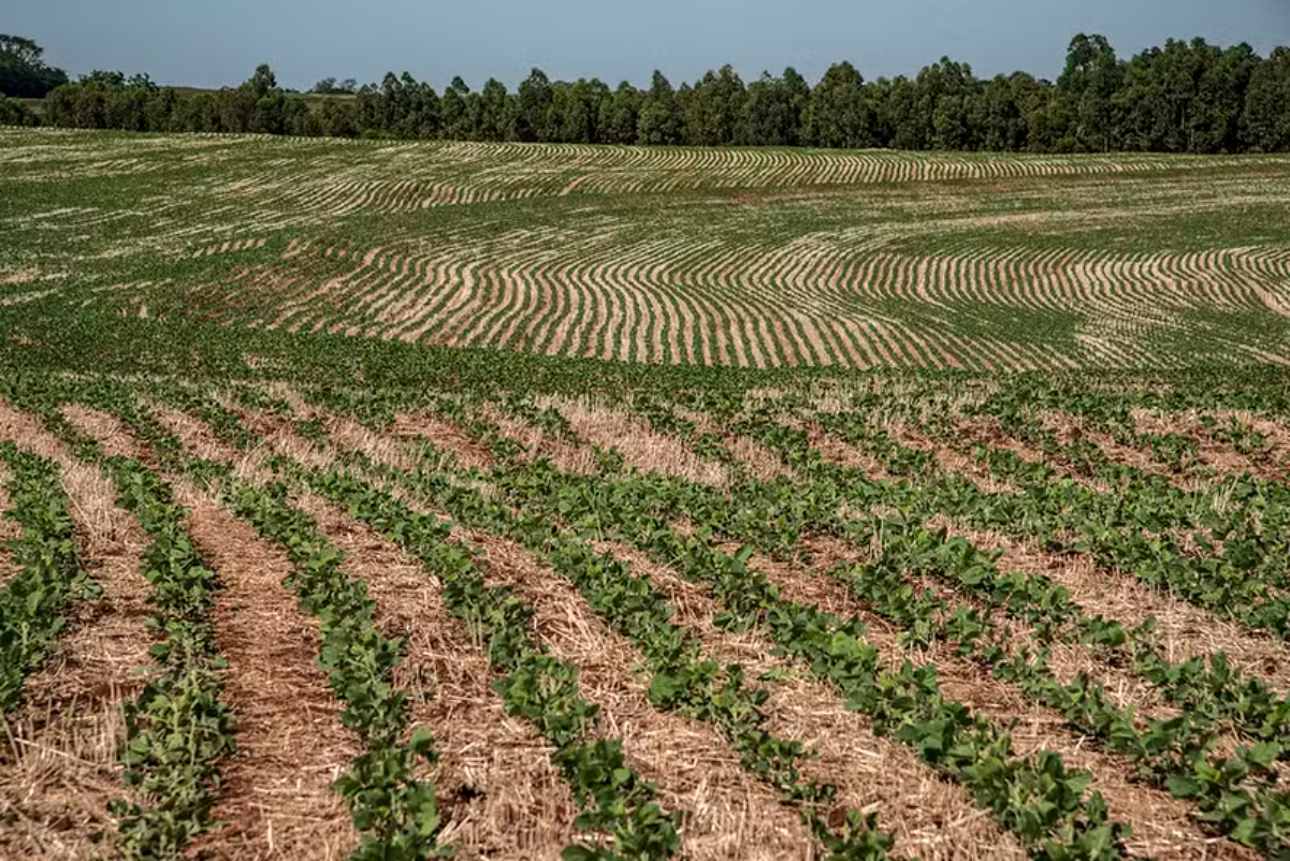Dairy Farmers Invest in Beef Breeds to Enhance and Manage Their Herds
A critical aspect of milk production is ensuring that dairy cows become pregnant, but this can be a challenge for farmers. When the calf born is male, it often becomes a liability for the farmer. Male calves from dairy breeds cannot produce milk (being male) nor yield significant meat (being from a dairy breed). What can farmers do with these animals?
Nico Biesterker, a farmer in Arapoti (PR), shared his experience of once paying for the removal of such commercially unviable animals, destined for slaughter without meeting the minimum conditions. “This is both a social issue and a concern for the farmer, who doesn’t want to face this situation. But what can we do with these small male calves that no one wants?” he asks.
Disturbed by the fate of these animals and aiming to control his herd size, Nico adopted a strategy five years ago from North America: inseminating dairy cows with semen from beef breeds. Known as Beef on Dairy, this practice allows farmers to use part of their herd for meat production while improving the herd’s genetic profile.
Within the Capal Agricultural Cooperative, which Nico is a member of, seven other farmers have adopted a Beef on Dairy program introduced three years ago. For crossbreeding with Holstein and Jersey cows, farmers have selected semen from Angus bulls—mirroring successful strategies from the U.S.—and Wagyu bulls, targeting high-value markets.
“Angus delivers faster genetic gains and better feed efficiency compared to the amount of meat produced. Meanwhile, Wagyu offers an opportunity to fetch premium prices per weight unit,” explains Dinarte de Almeida Garrett Neto, an animal nutritionist at Capal.
According to Neto, genomic evaluation is the key tool in this process. By analyzing each cow’s genetic potential, farmers decide which genetic material to use for insemination.
Cows with lower genetic potential, meaning those less likely to pass desirable traits to their offspring, are inseminated with unsexed Angus or Wagyu semen, producing half-breed male and female calves. High-potential cows receive sexed semen, ensuring they produce high-yielding female calves.
Nico, who already used sexed semen for his best genetic stock, previously inseminated his lower-potential cows with unsexed dairy breed semen due to cost concerns. This practice often resulted in calves of little or no value.
With the new strategy, Nico has achieved significant genetic improvements. Since 2019, his herd’s milk production has doubled, and the fat content—critical for cheese and derivative production—has increased fivefold. “The herd size remains the same, but efficiency improves because you’re left with only high-producing animals,” he notes.
According to Neto, the primary benefit of this protocol is the improvement in the genetic standard of the herd. While half-breed calves sold for meat production yield tighter profit margins compared to 100% beef farms, the broader value comes from sustainable and ethical herd management.
“Beef on Dairy undoubtedly improves revenue, but this is about more than financial gain. Farmers adopting this protocol are looking primarily for a fair solution for animals that, in another context, would have been discarded,” Neto concludes.





